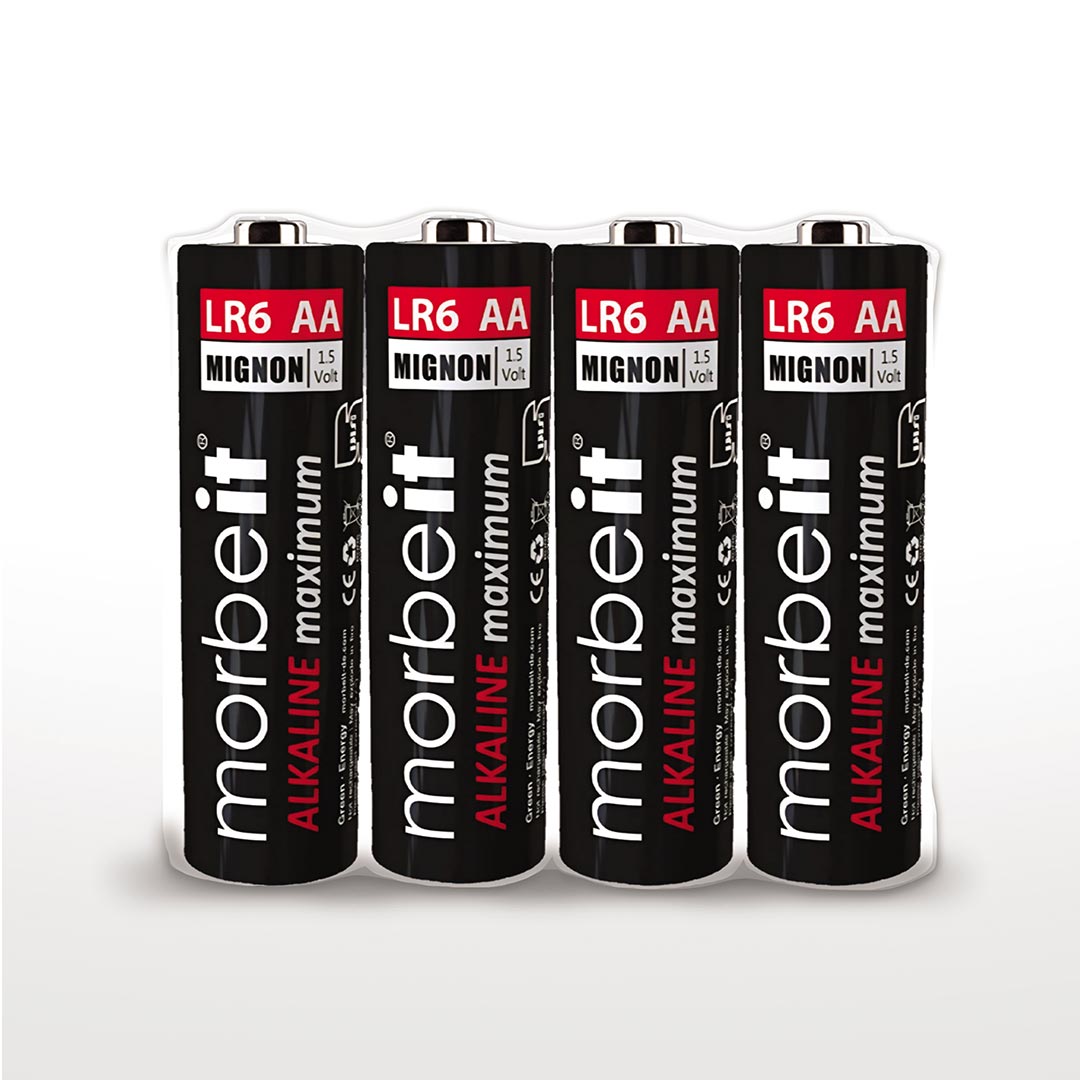1. Introduction
Alkaline cells were first designed and introduced by a Canadian engineer working for Eveready Battery company in 1949. By 1960s this type of battery climaxed its popularity and in1970s almost every costumer of electronic devices preferred this type and the sales rapidly grew.
The zinc/potassium hydroxide/manganese dioxide cells, mostly known as alkaline, have a higher energy output than zinc-carbon (Leclanché) cells; However, the advantages of this design of cells are not limited to energy comparison. We can add longer shelf life, better leakage resistance, and superior low temperature performance to the list. Not to forget that alkaline cells can provide up to 10 times of the ampere-hour capacity at high and continuous drain conditions. In terms of environmental conditions, alkaline cells have better performance at low temperatures in comparison with other conventional aqueous electrolyte primary cells.
At first look, alkaline cells might seem more expensive but when analyzed thoroughly, one can see the final cost per hour for alkaline cells are less than of the zinc- carbon cells.
2. General characteristics
in the list below , you can find the most important features of an alkaline cell:
- Up to ten times the service life of regular zinc-carbon cells.
- Long service life at continuous, high drain discharge.
- No need for “rest periods.”
- Low internal resistance.
- Rugged, shock-resistant construction.
- Cost-effective on a cost-per-hour-of-service basis.
- Good low temperature performance.
- Excellent leakage resistance.
- Long shelf life.
3. Composition and Chemistry
The composition and chemistry of the alkaline-manganese dioxide cells are mainly 3 parts: anode, cathode, electrolyte
3-1 Anode:
- high purity zinc powder is used as the anode of an alkaline cell. To perform efficiently, the manufacturing of the zinc powder is meticulously controlled to avoid any impurity or particle’s size problem. The result of this procedure is a good surface area available during the cell reaction. This increased surface area provides greater particle to particle contact within the anode, thereby lowering the cell’s internal resistance, generating higher power density.
3-2 Cathode
- synthetic powdered manganese dioxide (MnO2) is used as a cathode of an alkaline cell. The synthetic powder can provide higher purity and oxygen availability compered to natural material, hence the energy density and performance increase. In order to enhance performance furthermore, some special additives are also added to the major components. A good example of additive is graphite. graphite is mixed with the manganese dioxide to improve conductivity. Then the electrolytic manganese dioxide provides a cathode of excellent conductivity to assure good cell performance over a wide range of temperatures and discharge rates.
3-3 Electrolyte:
- generally speaking, an electrolyte is an aqueous solution but in this particular type of cell, a concentrated aqueous solution of potassium hydroxide (KOH) is used. to retard corrosion of the zinc, zinc oxide is added to the mentioned solution. This inhibits the dissolution of the zinc anode and extends the shelf life. The concentrated potassium hydroxide solution offers high ionic mobility with a low freezing point. That is why it has wider range of performance under different temperatures compared to zinc- carbon cells. (This type of electrolyte is in contrast to zinc-carbon cells which is acidic.)
4. Construction:
while the basics of the active components in alkaline cell are the same as a zinc carbon cell, what makes the alkaline different and fairly superior than zinc carbon is the electrolyte and cell construction.
4.1 Cylindrical Cell Construction:
all the former components named and described in previous section is contained in a nickel-plated steel can. As mentioned before the cathode is a manganese dioxide powder and it is placed in the inner part of the steel can, pressed against it. The powder can be fixed by one of two methods below:
1 – pressing the loose cathode powder against the inner steel wall under high pressure
2- preforming the loose cathode powder into high density annular pellets which are inserted into the can and then recompacted to make contact with the cell wall.
The first part of this article has ended here, the final part will be posted on this site within 10 days



No Comments